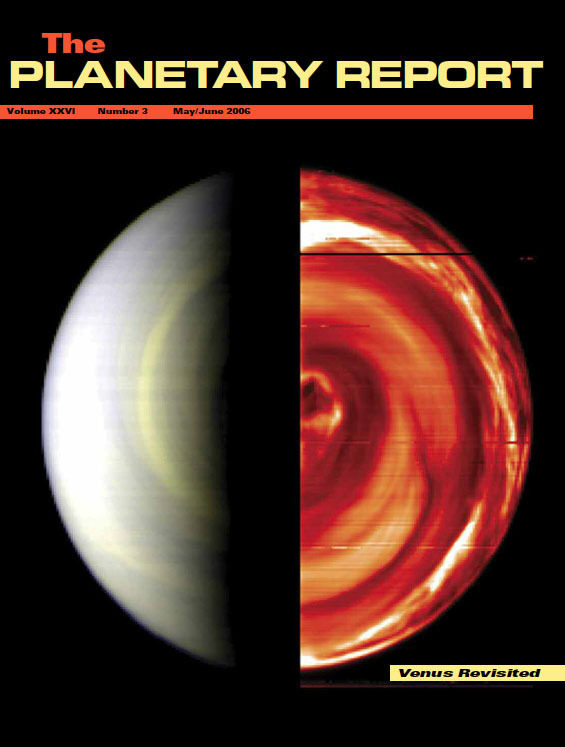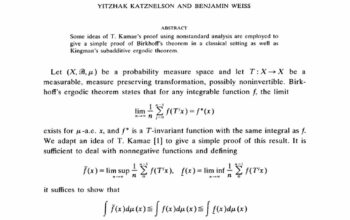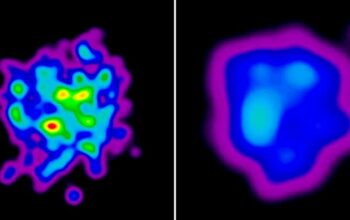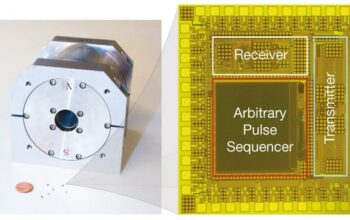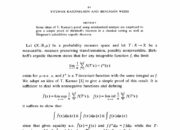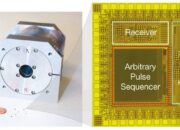Venus, often dubbed Earth’s “sister planet,” has long been an object of fascination and mystery within planetary science. Its apparent similarities to Earth, along with its proximity, provide a fertile ground for research that might unveil more about planetary formation and evolution, particularly in the context of atmospheric dynamics and geology. The topic of altering perceptions regarding Venus, encapsulated in the phrase “doctoring the spin,” invites exploration into how scientific discourse concerning Venus has evolved, what methodologies and technological advancements have influenced our understanding, and the implications of recent findings.
The atmospheric conditions on Venus are extraordinarily hostile, characterized by an immense greenhouse effect that traps heat, resulting in surface temperatures exceeding 450 degrees Celsius. The atmospheric composition is predominantly carbon dioxide, with clouds of sulfuric acid, creating a dense and oppressive environment that complicates surface exploration. Given these conditions, the scientific community has wrestled with the representation of Venus across various disciplines, seeking to bridge gaps in knowledge between observational data and theoretical models.
Historical perspectives on Venus shifted dramatically in the 1960s and 1970s, propelled by missions such as the Soviet Venera program and NASA’s Mariner spacecraft. The initial images depicting a seemingly uniform, desolate rocky surface led to misconceptions regarding the planet’s history and geology. However, subsequent missions, including the more recent Magellan spacecraft, provided groundbreaking radar imaging that revealed a tapestry of geological features, suggesting complex tectonic processes. This evolution in understanding underscores the importance of revisiting scientific conclusions as new data emerges, thus prompting the metaphor of “doctoring the spin”—revising narratives to align with current evidence.
The assertion that Venus exhibits signs of active geology leads to profound implications for understanding planetary characteristics. Evidence collected from various missions indicates the presence of numerous geological formations, such as large volcanic edifices and tectonic structures reminiscent of Earth’s oceanic ridges. Notably, the potential for recent volcanic activity challenges assumptions of a geologically stagnant world. Analyses of surface features have employed sophisticated techniques, including synthetic aperture radar and altimetry, enabling scientists to construct a comprehensive picture of the planet despite the overwhelming atmospheric interference.
Current research now delves into understanding Venusian surface processes through a multidisciplinary lens. The use of geophysical modeling plays an essential role in deciphering the forces shaping Venus. Investigating the thermal history and subsequent volcanic reshaping of its surface offers insights into the planet’s geological evolution. However, ongoing debates regarding the interpretation of data necessitate a robust framework for evaluating competing hypotheses. This discourse is marked by fervent analysis, wherein different schools of thought scrutinize and peer-review findings, fostering an environment where scientific rigor thrives.
Atmospheric dynamics on Venus present another layer of complexity, shaped significantly by its slow retrograde rotation. Given that a day on Venus lasts longer than its year, understanding the atmospheric circulation patterns provides critical insight into weather systems. The presence of super-rotation—where the upper atmosphere moves remarkably faster than the planetary surface—further complicates modeling efforts. Notable phenomena, such as the “Y-shaped” features observed in the upper clouds, have spurred research into the nonlinear dynamics that govern these movements. Hence, studying atmospheric characteristics is imperative, as it holds keys to understanding planetary habitability and climate evolution.
The interplay between geological and atmospheric processes on Venus also influences planetary protection protocols. As researchers aim to evaluate whether life could have ever existed in the planet’s more temperate past, it raises fundamental questions regarding contamination during exploration missions. Therefore, the ethical considerations surrounding planetary exploration must accompany scientific inquiry, emphasizing responsible practices that safeguard extraterrestrial environments.
Recent observations from the European Space Agency’s Venus Express and the Japanese Akatsuki missions have introduced fresh insights into the enigmatic nature of Venus. For instance, variations in surface temperatures and atmospheric pressures hint at underlying processes yet to be fully understood. Utilizing advanced spectroscopy, researchers have identified the unexpected presence of phosphine, a potential biosignature gas. While terrestrial processes explain phosphine production, the Venusian context may require alternative interpretations that challenge preconceived notions of habitability.
The emerging understanding of Venus necessitates a commitment to a dynamic scientific dialogue, integrating insights from diverse fields, including astrochemistry, geology, and atmospheric science. Methodologies such as machine learning algorithms are now beginning to analyze vast datasets from orbital missions, providing automated means to identify patterns that may have eluded human interpretation. This collaboration between technology and traditional scientific investigation heralds a new era of discovery, underscoring the significance of the continued education of researchers and the public alike.
Ultimately, the reexamination of Venus—not merely as an inert neighbor but as a world replete with mystifying geological and atmospheric activity—demonstrates the fluidity of scientific knowledge. The concept of “doctoring the spin” serves as a reminder of the responsibility borne by the scientific community to remain receptive to evolving narratives while ensuring that public discourse reflects the complexities inherent within planetary studies. As we posture ourselves towards future exploration—be it through more advanced spacecraft or simulations—the legacy of Venus within the annals of planetary science solidifies its status as a critical subject of inquiry, transcending the boundaries of our current understanding to challenge preconceived doctrines.
